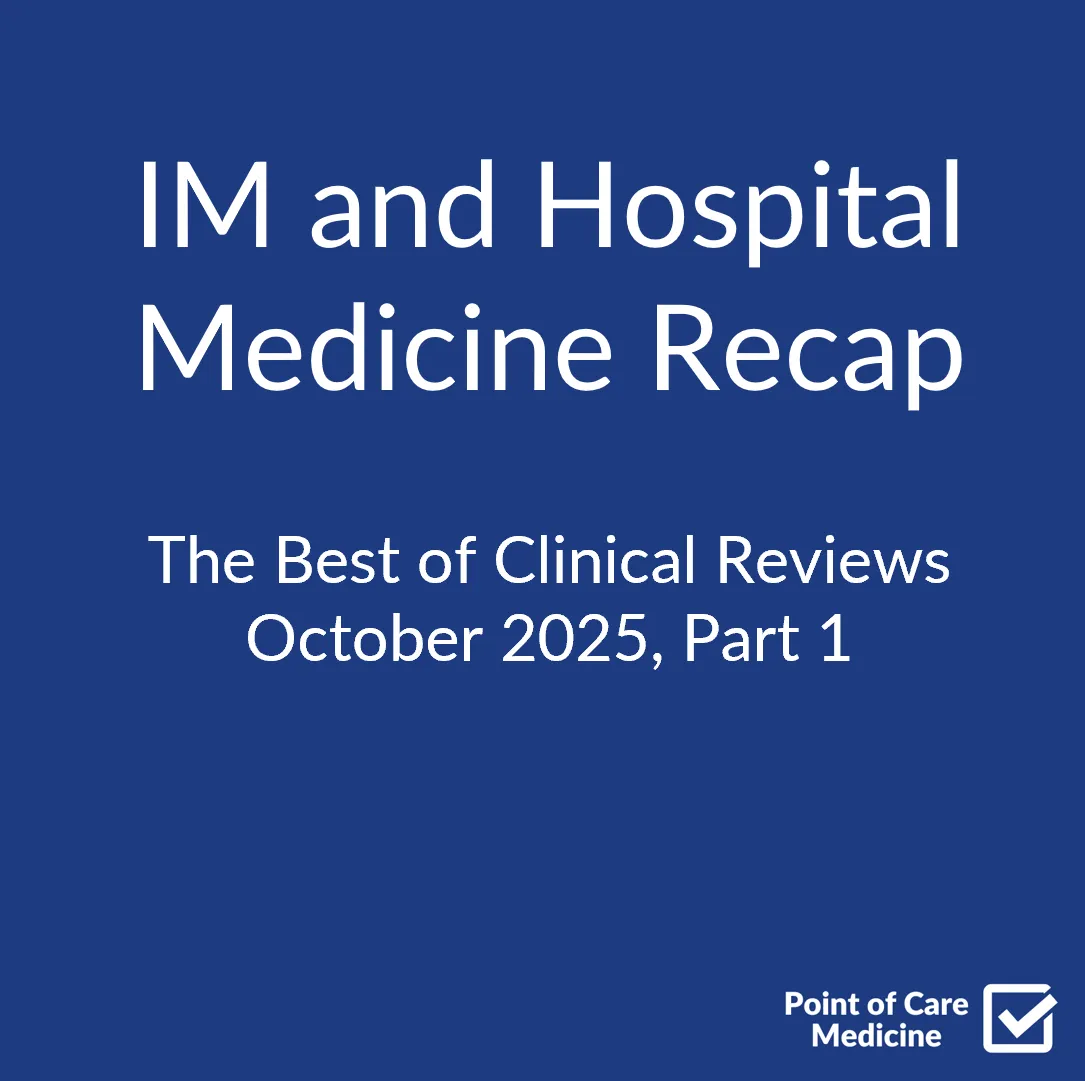Audio
Video
1. Risk stratification dictates the intensity of prophylaxis, but novel agents like venetoclax have broadened the spectrum of at-risk patients.
Traditionally, the highest risk for TLS is associated with bulky, highly proliferative, and chemo-sensitive hematologic malignancies like Burkitt lymphoma and acute leukemias (ALL/AML), particularly with a high white blood cell count (>50-100k) or elevated LDH. However, the risk landscape is evolving. The introduction of highly effective targeted therapies, most notably the BCL-2 inhibitor venetoclax, has made TLS a significant concern in malignancies previously considered lower risk, such as chronic lymphocytic leukemia (CLL). Therefore, risk assessment must consider not only the disease type and tumor burden but also the specific anti-neoplastic agent being used. All patients starting systemic therapy for a hematologic malignancy require formal risk stratification to guide prophylactic measures.
2. The Cairo-Bishop criteria distinguish between laboratory and clinical TLS, with the latter signifying end-organ damage that demands aggressive intervention.
Tumor lysis syndrome is formally diagnosed and graded using the Cairo-Bishop criteria. A patient has laboratory TLS if they exhibit two or more of the following metabolic abnormalities within a 3-day window before or 7-day window after therapy initiation: uric acid ≥8 mg/dL, potassium ≥6.0 mEq/L, phosphate ≥4.5 mg/dL, or corrected calcium ≤7.0 mg/dL (or a 25% change from baseline for any). For a diagnosis of clinical TLS, the patient must meet the criteria for laboratory TLS AND exhibit at least one of the following clinical complications: acute kidney injury (creatinine ≥1.5x ULN), seizures, or cardiac arrhythmia/sudden death. This distinction is critical; laboratory TLS requires intensified monitoring and prophylaxis, while clinical TLS is a medical emergency requiring immediate, often ICU-level, treatment.
3. Aggressive intravenous hydration is the universal cornerstone of TLS prevention and management.
The primary goal of hydration is to maintain high urinary output, thereby increasing the renal excretion of uric acid, potassium, and phosphate while minimizing their concentration in the renal tubules. Prophylactic hydration should begin 24 to 48 hours before the initiation of chemotherapy. A typical starting regimen is isotonic saline at a rate of 2-3 liters/m²/day, aiming for a urine output of at least 80-100 mL/m²/hour. Careful monitoring of volume status is essential to prevent fluid overload, especially in elderly patients or those with pre-existing cardiac or renal dysfunction. Urine alkalinization with sodium bicarbonate was historically recommended but is no longer standard practice, as it can worsen the precipitation of calcium phosphate crystals and has limited benefit in the era of effective hypouricemic agents.
4. Rasburicase offers rapid reduction of uric acid but is contraindicated in G6PD deficiency and requires special sample handling.
While allopurinol prevents the FORMATION of new uric acid by inhibiting xanthine oxidase, rasburicase is a recombinant urate oxidase that rapidly metabolizes EXISTING uric acid into the highly soluble compound allantoin. It is the preferred agent for high-risk patients or those with established hyperuricemia (uric acid > 8 mg/dL). However, a critical byproduct of this reaction is hydrogen peroxide, which can induce severe hemolytic anemia and methemoglobinemia in patients with a glucose-6-phosphate dehydrogenase (G6PD) deficiency. Therefore, screening for G6PD deficiency is mandatory in at-risk populations (e.g., individuals of African or Mediterranean descent) before administration. Furthermore, because rasburicase remains active ex vivo, blood samples for uric acid measurement must be immediately placed on ice and sent to the lab for expedited analysis to prevent the enzyme from artificially lowering the level in the tube, leading to a falsely reassuring result.
5. In modern practice, hyperphosphatemia has overtaken hyperuricemia as a primary driver of acute kidney injury in TLS.
With the widespread and effective use of rasburicase, uric acid nephropathy is now a less common cause of renal failure in TLS. The metabolic derangement of greatest concern for the kidneys is now severe hyperphosphatemia. High levels of serum phosphate bind with calcium, forming calcium phosphate crystals that precipitate within the renal tubules, leading to obstructive nephropathy and acute kidney injury. This process is exacerbated by a more alkaline urine pH. The resulting hypocalcemia can cause neuromuscular irritability (tetany, paresthesias) and cardiac arrhythmias (QT prolongation). Management involves aggressive hydration, phosphate binders, and, frequently, renal replacement therapy. It is crucial to only replete calcium if the patient is symptomatic (e.g., tetany, seizures), as administering calcium in the setting of hyperphosphatemia can worsen renal precipitation.
6. Hyperkalemia is the most immediately life-threatening electrolyte abnormality in TLS and requires urgent management to prevent fatal arrhythmias.
The massive and rapid release of intracellular potassium can overwhelm the kidneys' excretory capacity, leading to severe hyperkalemia. This is an emergency, as it can cause peaked T waves, QRS widening, and ultimately ventricular fibrillation or asystole. Any patient with TLS and a potassium >6.5 mEq/L or EKG changes requires immediate intervention. The management follows a three-pronged approach: 1) Stabilize the cardiac membrane with intravenous calcium gluconate or calcium chloride; 2) Shift potassium intracellularly using insulin with dextrose and/or nebulized beta-agonists like albuterol; and 3) Remove potassium from the body with loop diuretics (if renal function is preserved), potassium binders (e.g., patiromer, sodium zirconium cyclosilicate), and emergent hemodialysis, which is the most definitive therapy for severe or refractory cases.
Source
Tumor Lysis Syndrome (NEJM, 2025)
Bociek RG, Lunning M. Tumor Lysis Syndrome. N Engl J Med. 2025;393(11):1104-1116. doi:10.1056/NEJMra2300923
Related Content
Tumor Lysis Syndrome Admission Template








.png)
